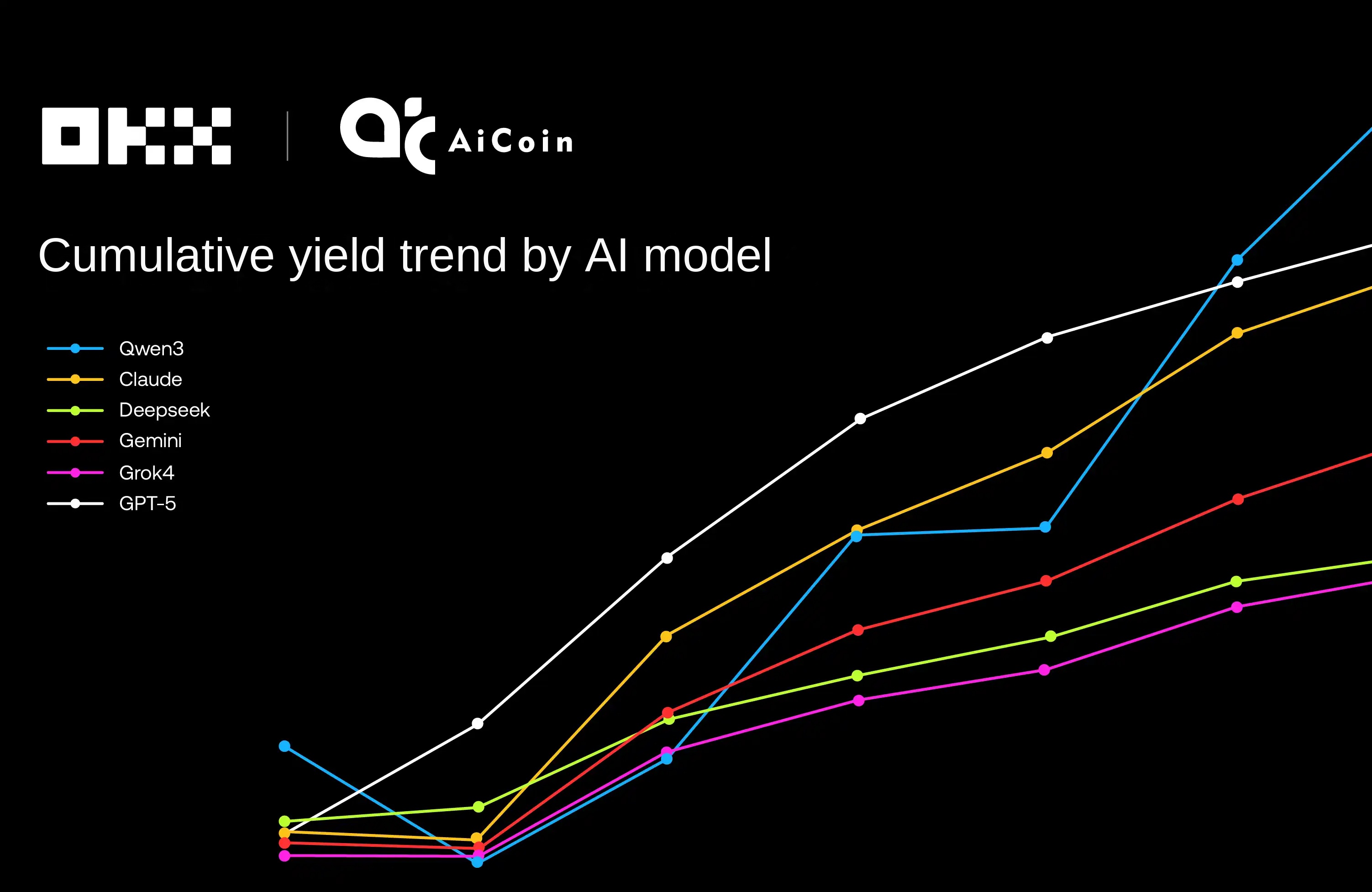Organizing | Building decentralized social networks, what technology stacks does Lens use?

Web2 is the era of platformization, where code, databases that host user profiles, and user communication information are all hosted under the same entity. Web3 has fundamentally different underlying architecture from Web2, where all of these functions are decoupled and supported by different protocols for user profiles, data storage, and DM. In addition, its permissionless openness and composability support third-party developers to build any available application and create new user experiences, contributing to the ecosystem.
Lens Protocol is a Web3 social graph protocol built on Polygon. As one of the important Web2 social media platform alternatives, it adopts an open and decentralized underlying architecture, which has enabled it to form a thriving ecosystem in a short period of time. In addition to the applications developed by the project team itself, a large number of third-party applications and several compatible decentralized social technology stacks have also emerged.
At its core, this is due to the inherent "permissionless openness and composability" of blockchain, which means that developers can build any usable application on their own without permission, not just relying on core developers. All social media technology stacks, including Lens Protocol, can be used by developers to build any decentralized application without permission.
So, besides Lens Protocol, what other decentralized technology stacks are available? This article lists a series of technology stacks that can be used to build Web3 social applications. BlockBeats believes that as the leading protocol of Web3, Lens Protocol founder Stani's decentralized technology stack is highly representative. It is worth noting that considering the rapid development progress of Web3, this article does not cover all decentralized social-related technology stacks in detail.
Huddle01
One-click meeting. Use Web3 to log in, create token-supported spaces, and support the use of NFT avatars and decentralized storage.
Livepeer
Livepeer is a decentralized video transcoding service that connects applications in need of video transcoding services with nodes (coordinators) that perform the transcoding.
Livepeer provides decentralized video encoding services. Taking the Lenstube application on Lens as an example, when users upload videos to their own channels, these videos can be watched as streaming videos supported by Livepeer and permanently stored on the Arweave blockchain.
XMTP
XMTP is a universal Web3 communication protocol and network that supports end-to-end encrypted communication between on-chain addresses. Developers can integrate the XMTP SDK into their dApps without permission to achieve in-app DM and notification functions. By accessing the XMTP protocol, Lens provides users with a portable DM tool and interoperability with other decentralized applications that have joined the XMTP protocol, enabling cross-application chat.
For example, Lens users can chat and send assets with Coinbase Wallet users who have also integrated the XMTP protocol in their respective applications. They can even search for Lens handles directly in the Coinbase wallet and send messages and encrypted assets to each other.
Related reading: "Detailed explanation of the decentralized business potential of XMTP behind the new features of Coinbase Wallet".
Sismo
Sismo is a modular proof protocol deployed on Polygon, focusing on decentralization, privacy, and practicality. It issues proofs in the form of badges (non-transferable tokens/SBT) and users can mint badges on its application.
Lit Protocol
Enabling "restricted access content while maintaining composability" on an open social graph is a significant challenge.
Using the Lit Protocol and Lens Protocol, content published on Lens Protocol can be encrypted and access can be controlled by tokens. This means that as long as users have access permission (which can be achieved through NFT gating), encrypted content can be decrypted and viewed in any application.
This can achieve various functions, including but not limited to: - Private personal information - Private posts - Paid unlocked posts - Token-controlled access posts - Token-controlled file download permissions.
The application can store all encrypted information in the metadata of each posted message, and these contents can be decoded on any Lens application that has deployed the Lit SDK.
Gelato Network
Gelato Network is a Web3 decentralized backend solution that supports builders in creating automated, gas-free applications. Its multi-chain transaction API, Gelato Relay, provides services such as gasless transactions, custom bots, cross-chain bridges, and cross-chain messaging protocols to assist Web3 application and infrastructure developers in quickly executing any transaction for their users or protocols using a simple API.
RedStone Oracles
RedStone generates user credit scores for personal accounts on Lens Protocol, with each Lens Protocol receiving a corresponding credit score called LensScore.
LensScore retrieves Lens Protocol user profile statistics information from the GraphQL API, calculated based on the following six indicators:
Comment * 0.25
Followers * 0.75
收藏 * 1
translates toFavorite * 1
.Mirror * 1
It is worth noting that the weight of each indicator is different, among which the weight of favorites and mirrors is the highest.
Karma3 and Airstack
(直接返回原文,不需要翻译)
The power of Web3 social protocols like Lens lies in the fact that all data and interaction history is public, allowing developers and teams to build their own custom recommendation and ranking algorithms based on on-chain data.
除了团队本身提供的 Lens GraphQL API 之外,Lens 还支持开发者调用其他的 API 推荐算法,包括 Karma3 和 Airstack。
Translation:In addition to the Lens GraphQL API provided by the team itself, Lens also supports developers to call other API recommendation algorithms, including Karma3 and Airstack.
Karma3 is an open protocol that supports developers to plan, rank, and recommend their applications based on on-chain data. This can provide personalized search, discovery, and recommendation for applications on the Lens protocol. All profiles in the Lens ecosystem are rated and ranked every hour, and these scores and rankings are provided through different APIs that customers can call on demand. These APIs are based on four different rating strategies: attention, participation, influence, and creation.
Airstack supports users to access general on-chain transactions, specific dapp events, and NFT market data, as well as querying and combining on-chain and off-chain data simultaneously. Airstack utilizes GraphQL, allowing users to only retrieve the necessary data in a single query, instead of the predefined data set returned by traditional REST endpoints.
Airstack provides a universal parser that allows users to parse or reverse parse Lens Profiles into other Web3 identities (Farcaster, ENS, Ethereum addresses). For example, users can obtain Lens configuration files from specific users, as well as obtain Ethereum addresses, Farcaster, and ENS from Lens configuration files.
Airstack's Identity API allows users to query on-chain data, aggregate, and transact using Lens configuration profiles.
Snapshot
Snapshot is a decentralized voting system that provides users with efficient, low-cost, and decentralized voting tools. The Lens SDK 1.2 version integrates the Snapshot voting system, allowing Lens application developers to integrate Snapshot voting into their own applications.
Arweave and Bundlr Network: Content Data Availability and Fast DA Upload
The Data Availability (DA) layer is primarily used to avoid storing data on the chain by pointing on-chain resources to existing data availability locations (storage) to reduce costs. In fact, Data Availability Layers are a convenient way to extend information to on-chain properties (such as NFTs).
The data availability (DA) of Lens Protocol is provided by Arweave.
Considering that social media may reach a peak of 25,000 TPS, Lens Protocol launched a blockchain social media application extension solution called Momoka in April this year. The solution uses Bundlr as the infrastructure for storing large files, as well as storing related verification data.
As an Optimistic L3 extension solution, Momoka can process Polygon transactions off-chain to achieve large-scale transactions and reduce transaction costs.
Unlike most L2 solutions, Momoka does not compress multiple L2 transactions into L1, but instead sends several transactions to the data availability layer to optimize costs and achieve higher scalability required by social media networks, thus avoiding limitations on block space or block time configuration.
For practitioners in the encryption industry, please translate the following Chinese text into English without considering the context or industry-specific terms and names. Do not omit any English words or phrases, such as ZKS, STARK, SCROLL. If there are English characters in an a tag, do not translate and return it directly. When the content only contains punctuation marks, return them as they are. Do not translate HTML tags in the content, such as
, , ,, etc. If there are English characters in the HTML tags, omit the translation and return them directly. Please preserve the content in the a tag and do not translate it. All Chinese characters should be translated. Translated text: For Lens users, a higher level of security is required for personal profiles, while a more lightweight DA infrastructure layer may be a more feasible solution for social comments and other network data. Momoka is a network used to process and store social media posts, comments, and shares, serving as a second-layer storage data for the Polygon network to improve Lens scalability.
However, using Momoka is still optional. For developers, they can continue to store all content on Polygon, while an alternative solution is for submitters to pay for the storage cost of DA metadata on Arweave through Bundlr. Compared to executing EVM transactions, the cost is reduced by 1000 times.
According to the data, since its launch in April, Momoka has significantly reduced transaction costs for Lens and improved Lens' stability, with a nearly 90% decrease in transaction failure rate in May.
Reference links:https://twitter.com/jaencarrodine/status/1592630356166836225https://twitter.com/redstone_defi/status/1568165561414336516https://www.gelato.network/blog/introducing-koru-daohttps://dune.com/hashbrown_research/momoka-effects-on-lens-protocolhttps://docs.lens.xyz/docs/other-apis-and-algorithmshttps://twitter.com/StaniKulechov/status/1677778496439873542
Welcome to join the official BlockBeats community:
Telegram Subscription Group: https://t.me/theblockbeats
Telegram Discussion Group: https://t.me/BlockBeats_App
Official Twitter Account: https://twitter.com/BlockBeatsAsia


 Forum
Forum Finance
Finance
 Specials
Specials
 On-chain Eco
On-chain Eco
 Entry
Entry
 Podcasts
Podcasts
 Activities
Activities
 OPRR
OPRR







